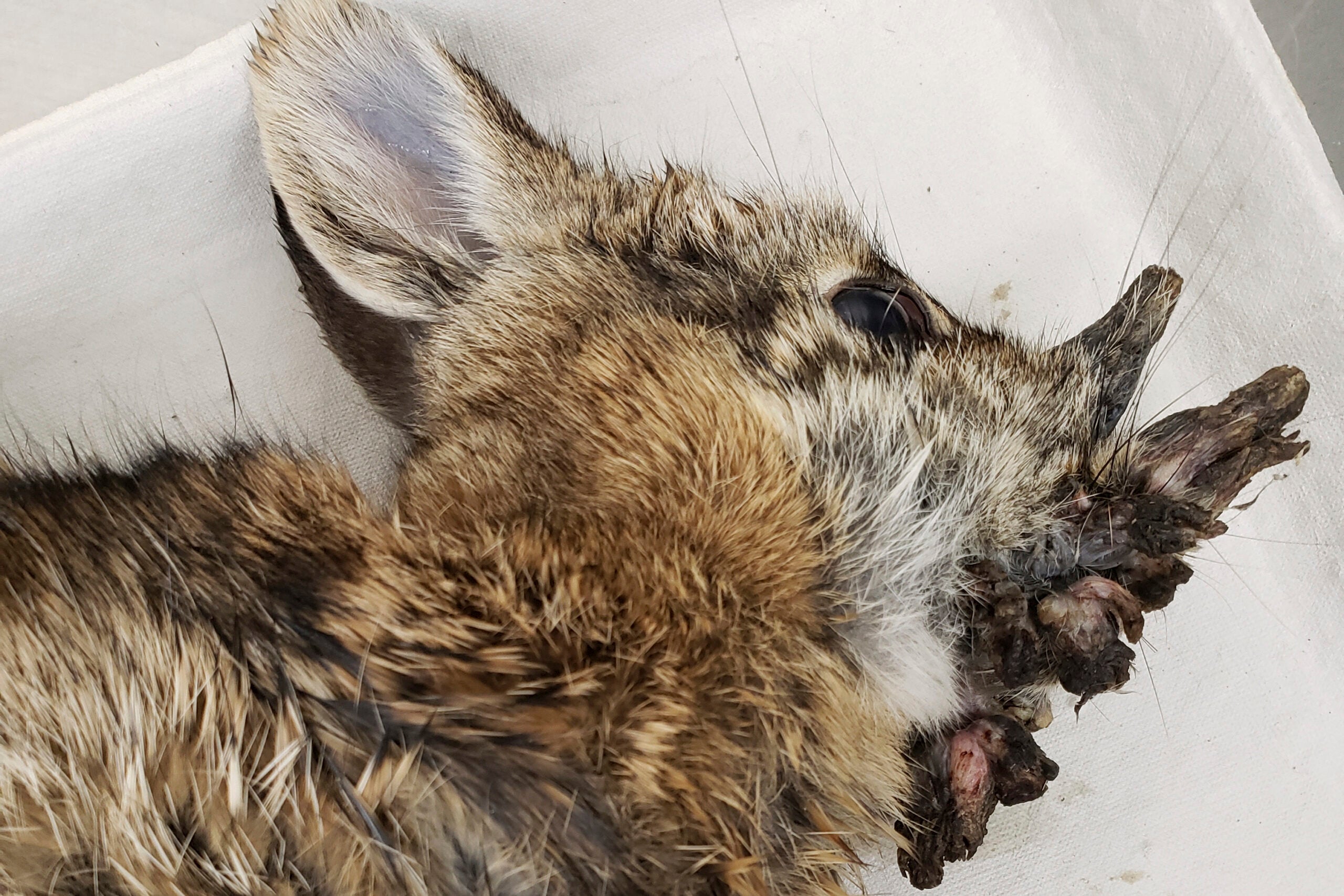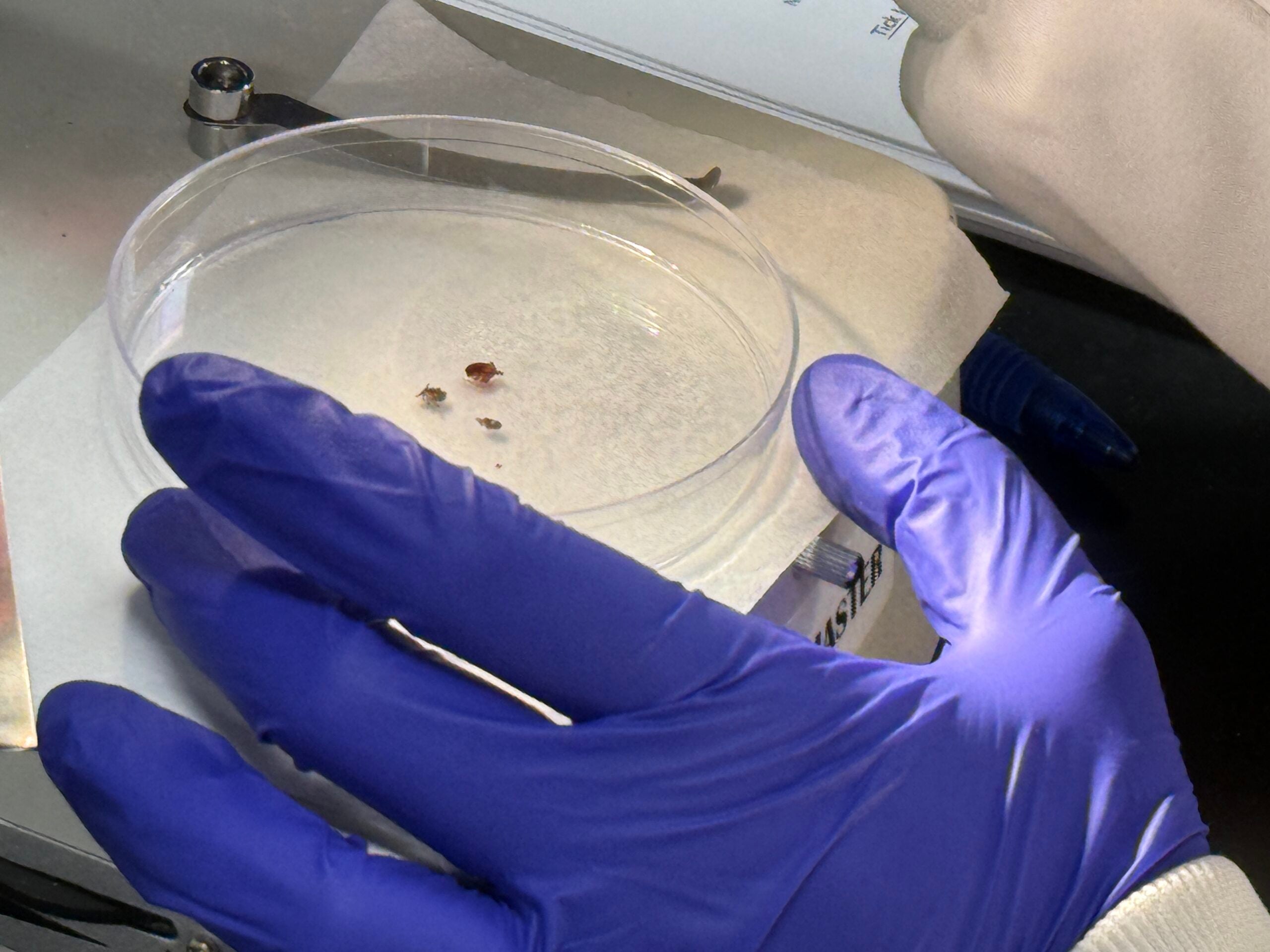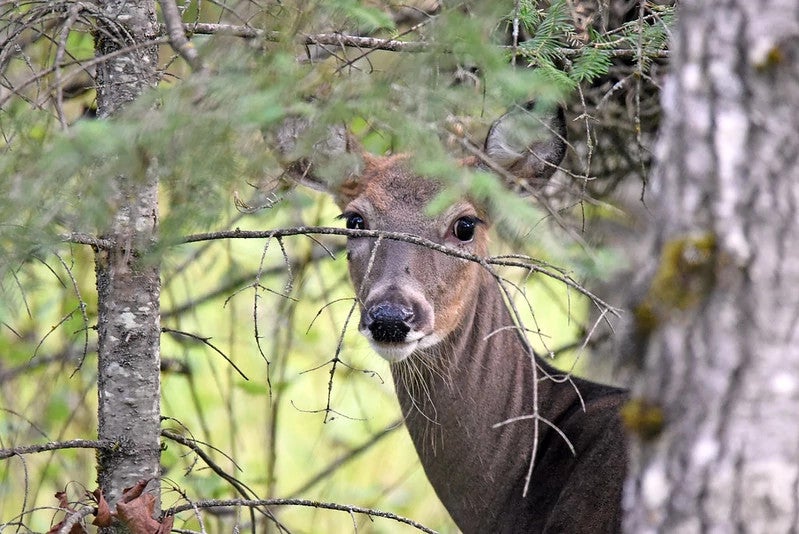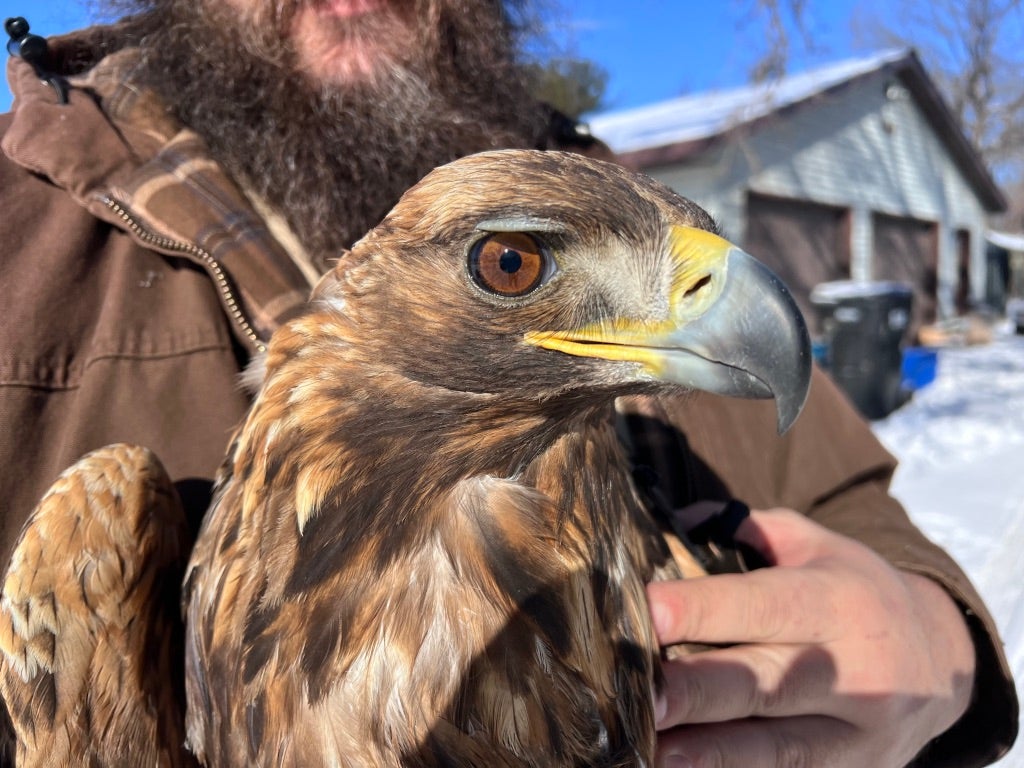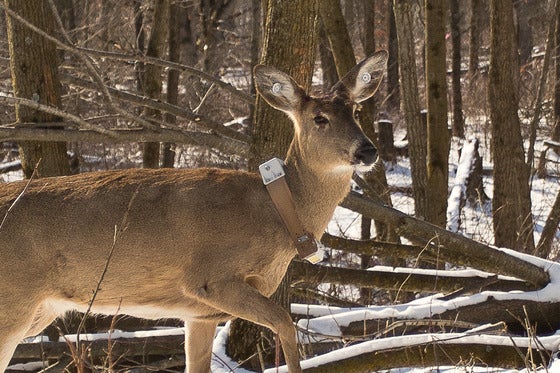As hunting season kicks off, new research about chronic wasting disease shows its link to population decline in white-tail deer. We talk to an expert about what this means for management efforts in Wisconsin. Next, we find out about how our bacteria influence us, and talk with reporters about what the leaked John Doe file says about Wisconsin elections.
Featured in this Show
-
What New Research Says About Chronic Wasting Disease In Wisconsin
With the beginning of deer-hunting season in our state, a new study following white-tail deer in Wyoming showed chronic wasting disease claiming 10% of the population. Our guest, an expert from UW-Madison tells us what this means for management and hunting in Wisconsin.
-
State Wildlife Expert: There Is No Effective Management Tool Against Chronic Wasting Disease
A wildlife expert says there is currently no management practice in place in Wisconsin to control the breakout of chronic wasting disease in the state’s whitetail deer population.
“Pretty much the actions that have been taken are to monitor what’s happening with the disease, but there really isn’t activity going on in terms of trying to control it,” said Mike Samuel, a professor and researcher at the Wisconsin Cooperative Wildlife Research Unit of the U.S. Geological Survey.
Samuel said it’s not for a lack of trying. It’s just that there aren’t any good solutions.
“Once the disease gets established, nobody has really been successful at getting rid of it or even doing a really good job at controlling it,” he said.
States across the country, including Wisconsin, continue to watch the disease infect an increasing amount of deer. New research shows that CWD caused a 10 percent population decline in whitetail deer in Wyoming with drastically reduced survival rates.
It is prevalent in western and southeastern Wisconsin, with recent numbers showing an increase of CWD-infected deer to its highest level ever, despite less testing taking place this year.
“It’s not quite as bad as it is in places like Wyoming…but we’re headed in that direction, and that’s a big concern,” Samuel said.
The disease is caused by a malformed protein in the brain similar to mad cow disease. Because it’s not a virus, creating a vaccine becomes complicated and at times counter-productive.
Samuel said wildlife agencies in Canada recently ran a test trial of a vaccine and were disheartened when they discovered that deer populations become eight times more likely to be infected by CWD as a result.
New York has been the only state that has seen positive results in eradicating the disease. Samuel said that’s because wildlife experts there discovered it early and aggressively attacked it. A proactive approach appears to be the most effective tool in a wildlife manager’s belt, unfortunately in Wisconsin, the disease was discovered too late.
“Our best science says that it was probably here for quite a while before we actually discovered it. And to be honest, it was almost an accident the way it was discovered to begin with,” Samuel said.
Samuel said researchers are still learning about how CWD spreads, but they do know that as the disease’s prevalence increases, the rate at which new susceptible deer become infected continues to increase as well at nearly double the rate.
“And that is especially the case because it takes about two years or so for the disease to run its full course in deer. So more deer are becoming infected all the time,” Samuel said.
Samuel added that CWD is more prevalent in male deer and it appears to increasingly infect younger deer that more often travel across the landscape, further spreading the disease.
The spread-rate could mean that the DNR may need to reduce the number of male deer hunted in the state, said Samuel. But that’s not a popular idea among hunters.
“It’s a huge obstacle,” Samuel said, referring to the blowback that would likely come out of the decision. “And until we have a silver bullet like a vaccine or something like that, there’s going to be no solution to this disease.”
“There’s going to be pain and suffering and people are going to be unhappy. In the long run, the disease is going to take a stronger hold and we’re going to be like Wyoming…and our deer populations are going to decline or we won’t be able to hunt them as much is the other alternative,” Samuel said.
The World Health Organization advises that people do not consume venison from deer that have been infected by CWD. The state DNR, along with other state departments and private veterinary practices, offers hunters a testing program.
“That recommendation comes because we simply don’t have enough good science at this point to know what the risk is to humans. I think most people would consider the risk to be fairly low, but it’s difficult to say how low it is,” Samuel said.
-
How The Microbes Inside Us Impact Everything We Do
Microbes and the microbiome are big buzzwords right now, mainly because they impact health in such a big way. But the latest research show that microbes do much more than keeping humans healthy; they deeply affect how we—and every animal on earth—think and act.
-
What Leaked John Doe Docs Reveal About WI Elections
A massive cache of leaked John Doe documents reveals the impact of corporate money on elections and legislation—including one to shield pain manufacturers from law suits. An examination of the fallout of the released papers and what they say about how we fund elections.
Episode Credits
- Rob Ferrett Host
- Veronica Rueckert Host
- Aarushi Agni Producer
- Marika Suval Producer
- Michael Samuel Guest
- Ed Yong Guest
- Shawn Johnson Guest
- Richard Hasen Guest
Wisconsin Public Radio, © Copyright 2025, Board of Regents of the University of Wisconsin System and Wisconsin Educational Communications Board.

